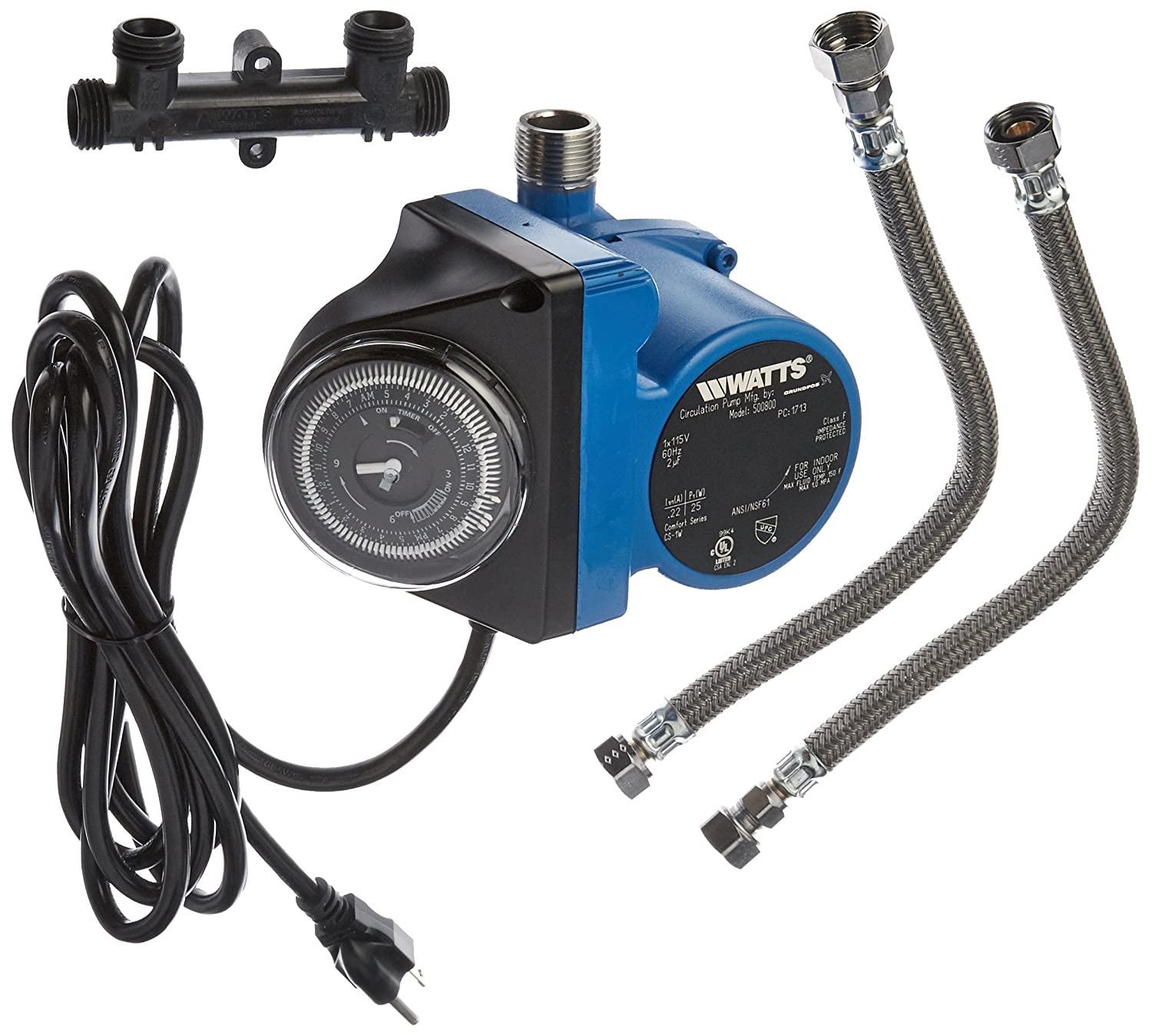Hi folks, new to the forum. Here's an interesting challenge for those so inclined.
I'm embarking on a new project to create a freeze prevention system for my hot water system at my weekend home. The home is never closed for the winter, but due to the fact that there is no basement, the gas hot water heater is in the garage. Normally this has not been much of a problem. I had heat tape on the cold water inlet, and only when the temperature got below 35 in the garage itself against the back wall did the tape kick in (not often). Prior to the tape I'd have one or two freezeups but now since this Polar Vortex is a thing, time for a different approach.
I don't like heat tape. To me electricity and water do not mix. Also had a house fire once caused by one of these so I'm a bit leery of overdoing it with them, and they come with a million warnings. I had a lot of this at the car wash once and eventually all of it failed.
I'm not a professional plumber but was a long-time car wash owner so I had miles of pipe and tubing and did much of the connection and maintenance. I designed, with some assistance, my home driveway's de-icing system, so I am reasonably skilled. This idea came from something I had at the car wash to keep the lines in the attic from freezing..
What I'd like to do for this home is add a small circulator pump in the crawl space to flow water from the hot side of the tank, back to the cold, when the temperature is 35 or below. The tank is kept on vacation setting when away, so will always be at least warm. I'd isolate this mini loop with some stainless check valves (swing style) with a teflon seal. See the drawing. Thus with flowing warm water, my lines would not freeze. I never met a spring valve that would last more than a few years.
I really don't need much flow, so what kind of pump to use? As this is potable water it has to be stainless or bronze, but I don't need much head or capacity. I see all kinds of pumps ranging from $60 to $600 or more many of which look the same. I'd like the pump to be reasonably cheap, under $100 if possible.
The thermostatic control is not an issue, plenty of controls in the $35 range.
So, those who enjoy a challenge--have a look at the drawing. Any suggestions as to kinds of parts, or brand recommendations? Am I missing anything? Suggestions for improvement (besides the obvious shut off and isolation valves)? Thanks and look forward to some ideas!
I'm embarking on a new project to create a freeze prevention system for my hot water system at my weekend home. The home is never closed for the winter, but due to the fact that there is no basement, the gas hot water heater is in the garage. Normally this has not been much of a problem. I had heat tape on the cold water inlet, and only when the temperature got below 35 in the garage itself against the back wall did the tape kick in (not often). Prior to the tape I'd have one or two freezeups but now since this Polar Vortex is a thing, time for a different approach.
I don't like heat tape. To me electricity and water do not mix. Also had a house fire once caused by one of these so I'm a bit leery of overdoing it with them, and they come with a million warnings. I had a lot of this at the car wash once and eventually all of it failed.
I'm not a professional plumber but was a long-time car wash owner so I had miles of pipe and tubing and did much of the connection and maintenance. I designed, with some assistance, my home driveway's de-icing system, so I am reasonably skilled. This idea came from something I had at the car wash to keep the lines in the attic from freezing..
What I'd like to do for this home is add a small circulator pump in the crawl space to flow water from the hot side of the tank, back to the cold, when the temperature is 35 or below. The tank is kept on vacation setting when away, so will always be at least warm. I'd isolate this mini loop with some stainless check valves (swing style) with a teflon seal. See the drawing. Thus with flowing warm water, my lines would not freeze. I never met a spring valve that would last more than a few years.
I really don't need much flow, so what kind of pump to use? As this is potable water it has to be stainless or bronze, but I don't need much head or capacity. I see all kinds of pumps ranging from $60 to $600 or more many of which look the same. I'd like the pump to be reasonably cheap, under $100 if possible.
The thermostatic control is not an issue, plenty of controls in the $35 range.
So, those who enjoy a challenge--have a look at the drawing. Any suggestions as to kinds of parts, or brand recommendations? Am I missing anything? Suggestions for improvement (besides the obvious shut off and isolation valves)? Thanks and look forward to some ideas!





